Vaping is surging across the UK, with recent studies revealing a sharp increase among young people and adults alike. As these trends continue, the need for effective ways to monitor and manage vaping becomes more urgent than ever.
A vapor detector is now a vital tool for anyone looking to create safer environments in schools, workplaces, and public spaces. This beginner's guide will demystify how these devices work, the different types available, and the key features to consider.
You will also learn about proper installation, ongoing maintenance, and real-world applications. By understanding vapor detectors, you can take confident steps towards healthier, more compliant spaces in 2025.
Understanding Vapor Detectors: What They Are and Why They Matter
Vaping is now a common concern in both public and private spaces. As technology evolves, understanding the purpose and importance of a vapor detector is becoming essential. These devices are designed to help organisations and individuals maintain healthier, safer environments, especially as vaping rates continue to rise.
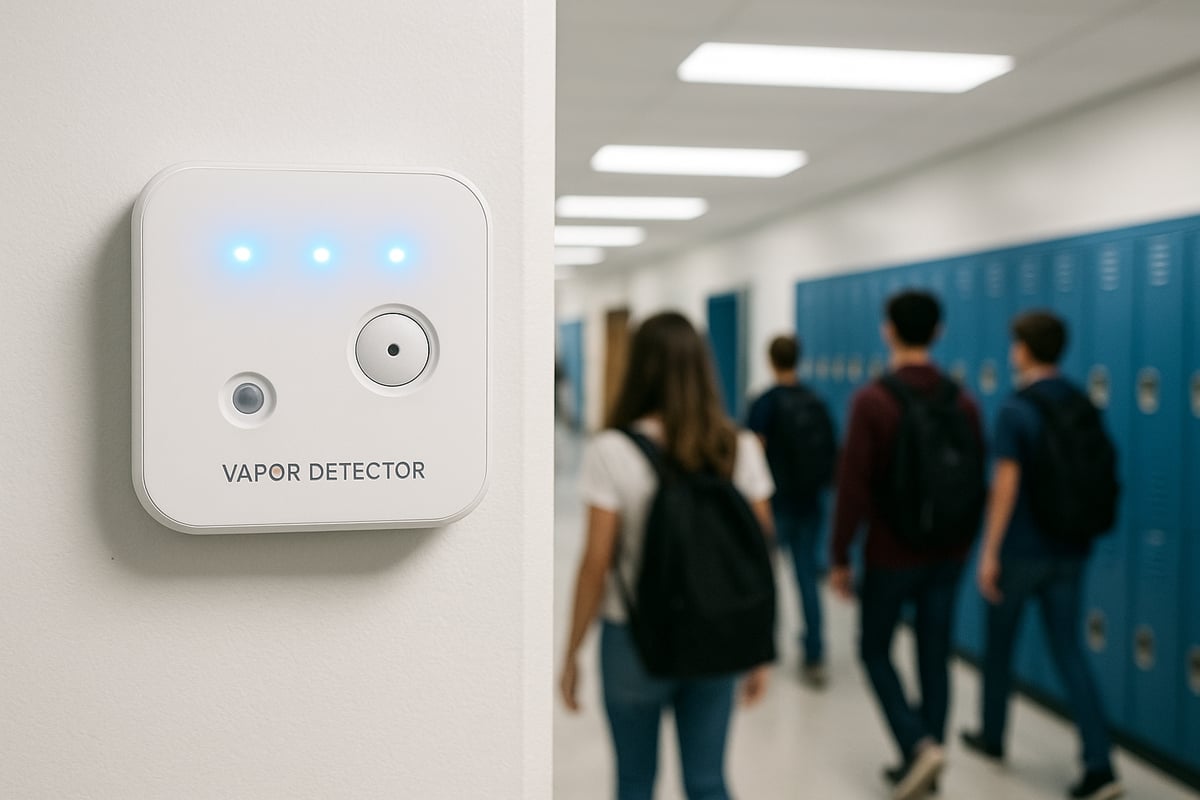
Definition and Core Functionality
A vapor detector is an electronic device designed to sense and identify airborne chemical compounds produced by vaping devices. Unlike traditional smoke detectors, which respond to combustion particles, a vapor detector focuses on vapourised substances like nicotine, THC, and synthetic additives.
The core functionality of a vapor detector relies on advanced sensors that analyse air samples for specific aerosols and volatile organic compounds. These sensors use algorithms to distinguish between regular background air and the unique signature of vaping emissions.
Vapor detectors are distinct from air quality monitors, which measure pollutants such as carbon dioxide or dust, and from smoke detectors, which target fire-related particles. The precise detection offered by a vapor detector makes it a critical tool for environments seeking to address vaping without triggering unnecessary alarms.
The Growing Need for Vapor Detection
The demand for vapor detector technology is rising rapidly, driven by increasing vaping rates among young people and in shared spaces. Public health concerns highlight the risks of exposure to nicotine and other harmful substances, especially in schools, offices, and leisure venues.
Regulatory bodies are responding with new guidelines and stricter policies. For example, in England, recent government updates have outlined the health impacts and regulatory frameworks for vaping, reinforcing the importance of monitoring. The Nicotine vaping in England: 2022 evidence update offers authoritative insights into these trends and the growing necessity for effective detection solutions.
Many organisations now view a vapor detector as an essential investment to comply with regulations and protect occupants.
Real-World Examples
Schools are leading the way in adopting vapor detector systems to combat in-school vaping. For instance, some secondary schools have reported a sharp drop in vaping incidents after installing these devices in toilets and corridors.
Businesses also benefit from vapor detector technology. In one case, a leisure centre used detectors to prevent vaping in changing rooms, which improved air quality and customer satisfaction.
These real-world examples show how a vapor detector can prevent health issues, deter rule-breaking, and create a safer environment. Facilities that adopt this technology often see a marked improvement in compliance and wellbeing.
Key Stakeholders and Users
Several groups benefit directly from a vapor detector. Educators and school administrators can enforce anti-vaping policies and protect students. Employers and facility managers use these systems to maintain a healthy workplace and reduce liability.
Parents appreciate the added layer of safety, especially in educational settings. Facility managers rely on a vapor detector to safeguard vulnerable populations and ensure compliance with health standards.
By providing real-time alerts and actionable insights, a vapor detector empowers stakeholders to respond quickly and effectively to incidents.
Relevant Data and Market Insights
Recent statistics highlight the urgent need for vapor detector solutions. According to NHS Digital, 9 percent of 11 to 15 year olds in England reported vaping in 2023. The market for vapor detector systems is growing, as more institutions seek advanced solutions.
Comparing detection technologies helps clarify their value:
| Feature | Vapor Detector | Smoke Detector | Air Quality Monitor |
|---|---|---|---|
| Target Substances | Vape aerosols, THC, synthetics | Smoke from fire | CO2, particulates, VOCs |
| Primary Purpose | Prevent vaping, compliance | Fire safety | General air health |
| Key Users | Schools, offices, leisure | Homes, workplaces | Hospitals, offices |
| Alert Type | Real time, silent or audible | Audible alarm | Dashboard, notifications |
A vapor detector stands out for its precision and adaptability, making it a top choice for modern safety and compliance needs.
How Vapor Detectors Work: Technology and Detection Methods
Understanding the technology behind a vapor detector is essential for anyone considering installation in 2025. These devices have evolved rapidly, using advanced sensors and intelligent systems to address the challenges of modern vaping. A closer look at their inner workings will help you make informed choices and ensure safer environments.

Sensor Types and Detection Mechanisms
A vapor detector relies on a combination of advanced sensor technologies to identify the presence of vapourised substances. The most common sensor types include:
- Chemical sensors: Detect specific compounds released by e-liquids, nicotine, THC, and synthetic drugs.
- Optical sensors: Use light scattering to identify aerosol particles in the air.
- Particulate sensors: Measure the concentration of fine particles typically found in vapour clouds.
- AI-powered sensors: Employ algorithms to analyse patterns and distinguish vaping from other activities.
These systems work by continuously sampling the air and analysing it for telltale compounds and particulates. The How Vape Detectors Work guide offers a detailed breakdown of these methods. By using multiple detection strategies, a vapor detector can achieve high accuracy and minimise false alarms.
Accuracy, Sensitivity, and False Positives
The accuracy and sensitivity of a vapor detector depend on several factors:
- Sensor calibration: Regular calibration ensures consistent performance.
- Environmental conditions: Airflow, humidity, and temperature can influence detection.
- System algorithms: Advanced logic reduces the likelihood of false positives.
False alarms may occur due to aerosols from deodorants or cleaning sprays. However, modern vapor detector systems use data filtering and AI to differentiate between harmless particles and genuine vaping activity. Regular maintenance further enhances reliability, ensuring the device remains sensitive to actual threats while ignoring benign triggers.
Integration with Other Systems
Today’s vapor detector solutions are rarely standalone devices. Most integrate seamlessly with building management tools and security systems. Key integration features include:
- Alarm connectivity: Trigger audible or visual alerts when vaping is detected.
- Monitoring dashboards: Provide real-time data and incident history for facility managers.
- Mobile app support: Send immediate notifications to staff or administrators.
This level of integration allows for rapid response and comprehensive reporting. For example, in schools, a vapor detector can link to access control systems, ensuring policy enforcement is both swift and discreet. Offices benefit from integration with existing health and safety protocols, making compliance easier.
Data Security and Privacy Considerations
A vapor detector collects and processes environmental data, often linked to specific locations or timeframes. Protecting this data is crucial, particularly in educational and workplace settings. Key considerations include:
- GDPR compliance: Devices must handle data in line with UK and EU privacy regulations.
- Anonymisation: Most systems avoid storing personal identifiers, focusing on event data only.
- Secure transmission: Encrypted communication ensures information cannot be intercepted.
Facility managers should verify that any vapor detector supplier provides clear data handling policies and regular software updates. This approach protects both user privacy and organisational reputation.
Innovations and Future Trends
Innovation in vapor detector technology is accelerating. Some of the most promising trends include:
- AI and machine learning: These tools improve pattern recognition and reduce false positives over time.
- Cloud-based analytics: Enable remote monitoring, trend analysis, and predictive maintenance.
- Multi-sensor platforms: Combine vapor detection with noise monitoring and air quality assessment.
As vaping products evolve, so do detection methods. The future will likely see vapor detector systems that adapt automatically to new threats, integrate with broader safety networks, and offer enhanced reporting capabilities for proactive facility management.
Types of Vapor Detectors: Comparing Options for Different Needs
Selecting the right vapor detector is essential for effective vaping control and compliance in 2025. Understanding the range of available systems helps you match the right solution to your environment, budget, and goals. Whether you manage a school, office, or leisure facility, the right choice ensures reliable detection and peace of mind.
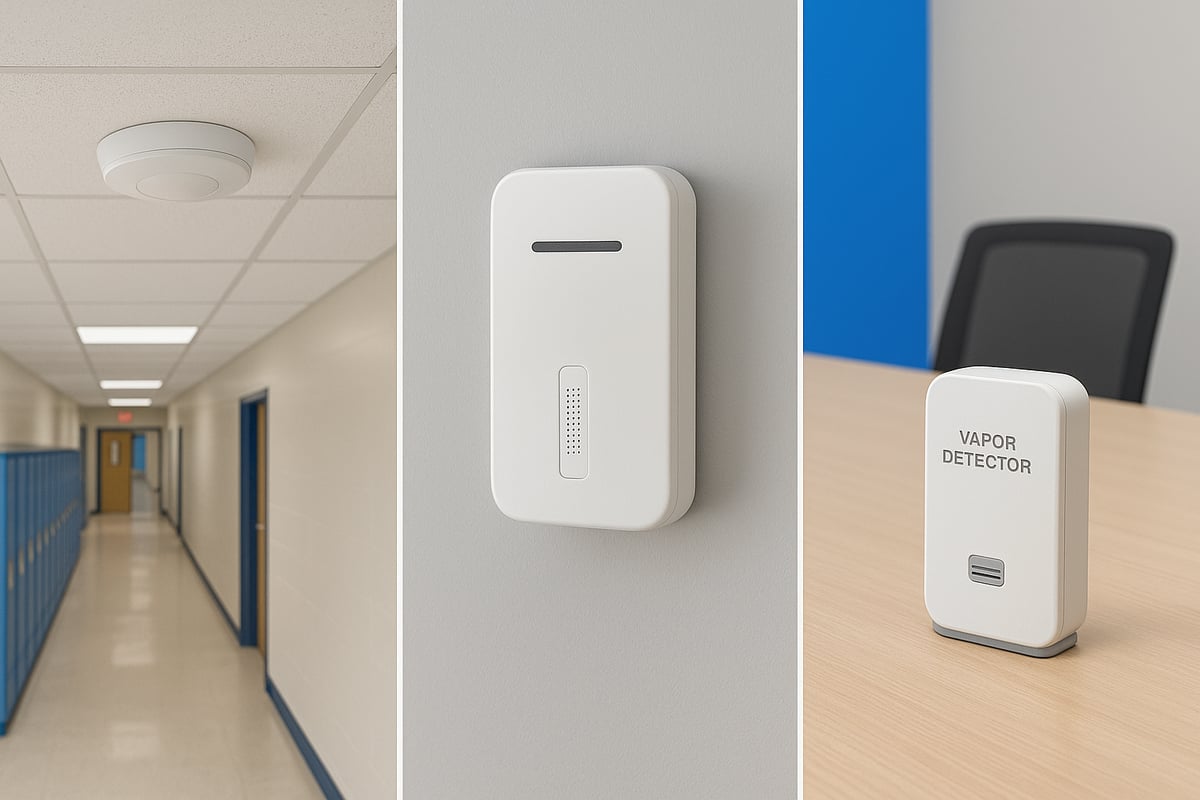
Standalone vs Integrated Systems
When considering a vapor detector, you will encounter standalone units and integrated air quality monitoring systems. Standalone vapor detector models focus solely on vaping detection. They are often used in targeted locations where vaping is a primary concern.
Integrated systems combine vapor detection with broader air quality analytics. These solutions provide insights into humidity, temperature, and other pollutants alongside vape detection. Integrated systems suit organisations seeking holistic facility monitoring.
| Feature | Standalone | Integrated |
|---|---|---|
| Focus | Vaping only | Multi-parameter |
| Cost | Lower | Higher |
| Scalability | Limited | Extensive |
| Data Insights | Basic | Advanced |
Standalone vapor detector units are budget friendly and easy to install. Integrated systems offer greater scalability and advanced analytics, making them ideal for larger or multi-site environments.
Portable vs Fixed Installations
Vapor detector solutions are available as portable or fixed devices. Portable vapor detector units are compact and easy to relocate, making them suitable for events, temporary installations, or testing new locations. They are popular for monitoring high-risk areas during examinations or gatherings.
Fixed vapor detector installations provide continuous coverage in permanent locations such as corridors, toilets, or meeting rooms. These devices are tamper resistant and often linked to central monitoring dashboards. For ongoing enforcement and long-term protection, fixed vapor detector options are the preferred choice.
Portable vapor detector models offer flexibility, while fixed systems deliver reliability and consistent detection.
Key Features to Consider
Choosing the right vapor detector means evaluating essential features. Consider the following:
- Detection range: How much area does the device cover?
- Response time: How quickly does it detect vaping?
- Sensitivity: Can it identify low concentrations of vapour?
- Connectivity: WiFi, Ethernet, or Bluetooth options
- Power supply: Battery operated or mains powered
User-friendly interfaces and mobile app integration are also important. For a detailed comparison of leading options, see the Best Vape Detector and Sensors guide.
Modern vapor detector systems may also offer cloud data storage, real-time notifications, and remote management tools, streamlining facility monitoring.
Specialised Detectors
Not all vapor detector devices are the same. Some are engineered to detect specific substances, such as nicotine, THC, or synthetic cannabinoids. These specialised detectors are vital in environments where targeted detection is required, such as schools or healthcare facilities.
Multi-function vapor detector models can combine vaping, noise, and air quality monitoring in a single unit. This versatility is valuable for organisations that want comprehensive environmental oversight without installing multiple devices.
Selecting a specialised vapor detector ensures accurate identification of the substances most relevant to your setting.
Industry-Specific Solutions
Every industry has unique requirements for vapor detector deployment. In educational settings, tamper proof and discreet models are essential to prevent vandalism and maintain student privacy. Offices and shared workspaces benefit from vapor detector units that integrate with access controls or building management systems.
Leisure and retail sectors need compliant vapor detector solutions to meet public health regulations. Here, devices must be easy to manage and provide instant alerts to staff, ensuring prompt response.
By choosing industry tailored vapor detector systems, organisations can address their specific challenges and regulatory obligations.
Cost Considerations
The cost of a vapor detector depends on its type, features, and installation requirements. Standalone units are generally more affordable, while integrated or multi-function systems command higher prices due to added capabilities.
When budgeting for a vapor detector, consider the total cost of ownership, including installation, maintenance, and software updates. Many suppliers offer free trials or money back guarantees, helping organisations evaluate solutions risk free.
Investing in a quality vapor detector delivers long term value by improving safety, compliance, and operational efficiency.
Key Features and Buying Guide: What Beginners Should Look For
Choosing the right vapor detector can be daunting, especially with so many options on the market. To help you make an informed decision, this guide breaks down the essential features, installation tips, ongoing support, compliance requirements, real-world feedback, and budgeting advice every beginner should consider.

Essential Features Checklist
When assessing any vapor detector, focus on these core attributes to ensure reliable performance:
- Sensitivity and accuracy: Look for devices with high detection rates for various substances.
- Real time alerts: Instant notifications via mobile apps or dashboards help with rapid response.
- Integration: Systems that connect with security or building management platforms offer added value.
- User interface: Easy to navigate controls and clear reporting make daily use straightforward.
A quality vapor detector should deliver consistent results in diverse environments. Prioritise models that balance technical capability with user friendly features.
Installation and Setup
Proper installation is crucial for optimal performance. Decide whether a do it yourself approach or professional help suits your needs. Most vapor detector units come with clear instructions for mounting on ceilings or walls, often near high risk areas like toilets or communal spaces.
Check the power supply options, such as mains or battery, and verify connectivity requirements like WiFi or Ethernet. Placement matters, so follow manufacturer guidelines to maximise coverage and minimise false alarms. A well installed vapor detector will provide peace of mind from day one.
Maintenance and Ongoing Support
Maintaining your vapor detector ensures long term accuracy. Schedule regular calibration and firmware updates as recommended by the supplier. Many systems offer automated reminders and remote diagnostics to simplify upkeep.
Reliable customer support is invaluable, especially for troubleshooting or warranty claims. Choose suppliers known for responsive service and clear communication. This approach minimises downtime and extends the lifespan of your vapor detector, protecting your investment.
Compliance and Certification
Selecting a compliant vapor detector is essential for meeting UK safety and privacy standards. Always check for relevant certifications, such as CE marking and UKCA approval. Devices used in schools or workplaces must adhere to strict data protection laws, including GDPR.
Ensure your chosen vapor detector is certified for the intended environment, whether educational, commercial, or public. Compliance not only safeguards users but also shields organisations from regulatory penalties.
Case Examples and Testimonials
User feedback provides valuable insight into the real world performance of any vapor detector. Look for testimonials from similar environments, such as schools or offices, highlighting ease of use, reliability, and positive outcomes.
Independent reviews and third party endorsements offer credibility. Many customers praise systems that reduce vaping incidents and simplify monitoring. Drawing on others’ experiences can help you select a vapor detector with a proven track record.
Budgeting and Value
Balancing upfront costs with long term benefits is key when investing in a vapor detector. Consider the total cost of ownership, including installation, maintenance, and updates. Many suppliers offer free trials, demos, or money back guarantees, allowing you to assess value before committing.
For a detailed look at pricing and budgeting, see the Vape Detector Cost Breakdown. Comparing models side by side will help you choose a vapor detector that meets your needs without overspending.
Step-by-Step Guide: Installing and Setting Up Your Vapor Detector
Installing a vapor detector is a straightforward process, but careful planning ensures you get the most from your investment. Whether you are setting up a single unit in a classroom or a comprehensive system throughout an office, following a structured approach delivers the best results.
Planning and Preparation
Begin by assessing your environment. Identify high risk areas where vaping may occur, such as toilets, corridors, or secluded corners. The type of vapor detector you select should align with your specific needs, considering factors like sensitivity, detection range, and connectivity.
Check compatibility with any existing security or building management systems. This ensures your vapor detector integrates smoothly into your workflow. Gather all necessary tools and review the manufacturer’s installation guide to avoid surprises during setup.
Installation Steps (Chronological)
Unbox your vapor detector and inspect all components for damage. Familiarise yourself with the parts, including mounting brackets, power cables, and instruction manuals.
Choose installation locations carefully. Mount detectors on ceilings or high walls, ensuring they are not blocked by vents or obstacles. Use the supplied hardware to securely attach the vapor detector. Connect it to the power source, whether mains or battery, following safety guidelines.
Configure network settings so the system can communicate with dashboards or mobile apps. Test the initial connection before moving to the next stage.
Calibration and Testing
Once installed, begin calibration following the manufacturer’s instructions. Run initial sensitivity tests to ensure the vapor detector responds accurately to real vapour.
Simulate vaping incidents using safe, controlled methods to verify detection and alerting functions. Adjust sensitivity levels to minimise false positives while maintaining effectiveness. Document the results and repeat the process if needed for each device.
Regular calibration is key to long term performance and compliance with safety standards.
Training and Onboarding
Educate staff, students, or facility users on the operation of your vapor detector. Share clear instructions on how alerts work and the appropriate response protocols. Adjust notification preferences based on user roles to ensure timely action.
For educational environments, consider reviewing resources like Vape Detection in Education to support your onboarding process and promote best practices. Well trained users maximise the value and impact of your vapor detector system.
Ongoing Maintenance
Schedule regular checks to keep your vapor detector operating at peak efficiency. Update firmware and software as recommended by the supplier to benefit from the latest security and detection improvements.
Keep a record of incidents and maintenance activities. This documentation will help in reviewing system performance and planning future upgrades. Reliable ongoing support from your supplier ensures your vapor detector continues to protect your environment effectively.
Real-World Applications and Success Stories
Across the UK, the adoption of vapor detector technology is transforming how organisations protect people and environments. As vaping rates continue to climb, particularly among young people, the need for effective detection solutions is greater than ever. According to UK vaping rates to surpass smoking in 2025, vaping is set to overtake smoking in prevalence, highlighting the critical role of proactive monitoring.
Education: Safeguarding Schools and Universities
In schools and universities, vapor detector systems are helping to curb the growing issue of student vaping on campus. Many institutions have reported a sharp decline in incidents after installing detectors in toilets, corridors, and common areas. These devices empower staff to identify hotspots and intervene quickly, supporting both policy enforcement and student wellbeing.
For example, one secondary school in Manchester documented a 94 percent reduction in vaping incidents within five weeks of implementing a network of vapor detector devices. The technology does not only deter usage but also provides data to inform education campaigns and parental engagement. By integrating with existing safeguarding protocols, vapor detector solutions create a safer, healthier learning environment for all students and staff.
Workplaces: Enhancing Health, Safety, and Compliance
Employers are increasingly turning to vapor detector systems to ensure a healthy workplace and comply with health and safety regulations. In shared offices, unauthorised vaping can compromise air quality and distract colleagues. By installing vapor detector units in communal spaces, companies can maintain clean air and demonstrate commitment to staff wellbeing.
A London-based financial firm recently adopted an integrated vapor detector system that links directly to its building management software. Within two months, the company noted a significant decrease in reported vaping incidents and a measurable improvement in employee satisfaction regarding air quality. The system also enabled swift response to violations, reducing the administrative burden on facilities managers.
Leisure and Retail: Creating Safer Public Spaces
Vapor detector technology is now common in leisure centres, gyms, cinemas, and shopping centres. These venues face unique challenges, as vaping in changing rooms or toilets can impact both customers and staff. By deploying discreet vapor detector units, managers can uphold public health standards and reassure visitors.
One leisure centre in Birmingham installed vapor detector sensors in all high-risk areas, resulting in a dramatic reduction in complaints and a visible increase in compliance with no-vape policies. Retailers have also embraced the technology to protect merchandise and create a more welcoming atmosphere for all customers.
Facilities Management and Compliance Officers
Facilities managers and compliance officers are key stakeholders in the deployment of vapor detector solutions. These professionals rely on accurate, real-time data to monitor multiple locations and ensure adherence to legal requirements. Modern vapor detector systems integrate seamlessly with incident reporting tools, enabling swift escalation and documentation.
Feedback from facilities managers highlights the operational benefits of vapor detector deployment:
- Improved incident response times
- Enhanced reporting accuracy
- Reduced maintenance costs through proactive monitoring
These outcomes contribute directly to organisational risk management strategies and support ongoing compliance.
Future Potential and Evolving Use Cases
The role of the vapor detector continues to expand beyond traditional settings. Healthcare providers are exploring its use in hospitals to protect vulnerable patients from exposure. Transport operators see potential in deploying vapor detector technology in stations and waiting areas to maintain air quality and safety.
As vaping products evolve, so do detection systems. The latest vapor detector models now incorporate AI analytics, allowing for pattern recognition and predictive alerts. These advancements position the vapor detector as a cornerstone of future-proofed health and safety solutions.
Key Takeaways from Real-World Implementations
Several lessons have emerged from real-world vapor detector adoption:
- Early engagement with stakeholders ensures smoother implementation
- Regular system updates and calibration maintain accuracy
- Clear communication of policies supports behaviour change
Best practices include thorough training of staff, ongoing monitoring, and transparent reporting. Independent evaluations consistently show that a well-deployed vapor detector programme delivers measurable reductions in vaping incidents and enhances overall safety. Organisations new to this technology are advised to start with pilot installations, use data-driven insights, and consult with experienced suppliers to maximise impact.
As you’ve seen, understanding vapor detectors is more important than ever, especially as vaping continues to impact our schools, workplaces, and public spaces. Whether you’re just starting to explore solutions or looking to make your environment safer, getting expert advice can make a real difference. If you have questions about the right vapor detection system for your building or want to see how monitoring can work in your setting, why not reach out for tailored support? You can talk with our experienced team and take a proactive step towards a safer environment by visiting Talk to our team and protect your building today.


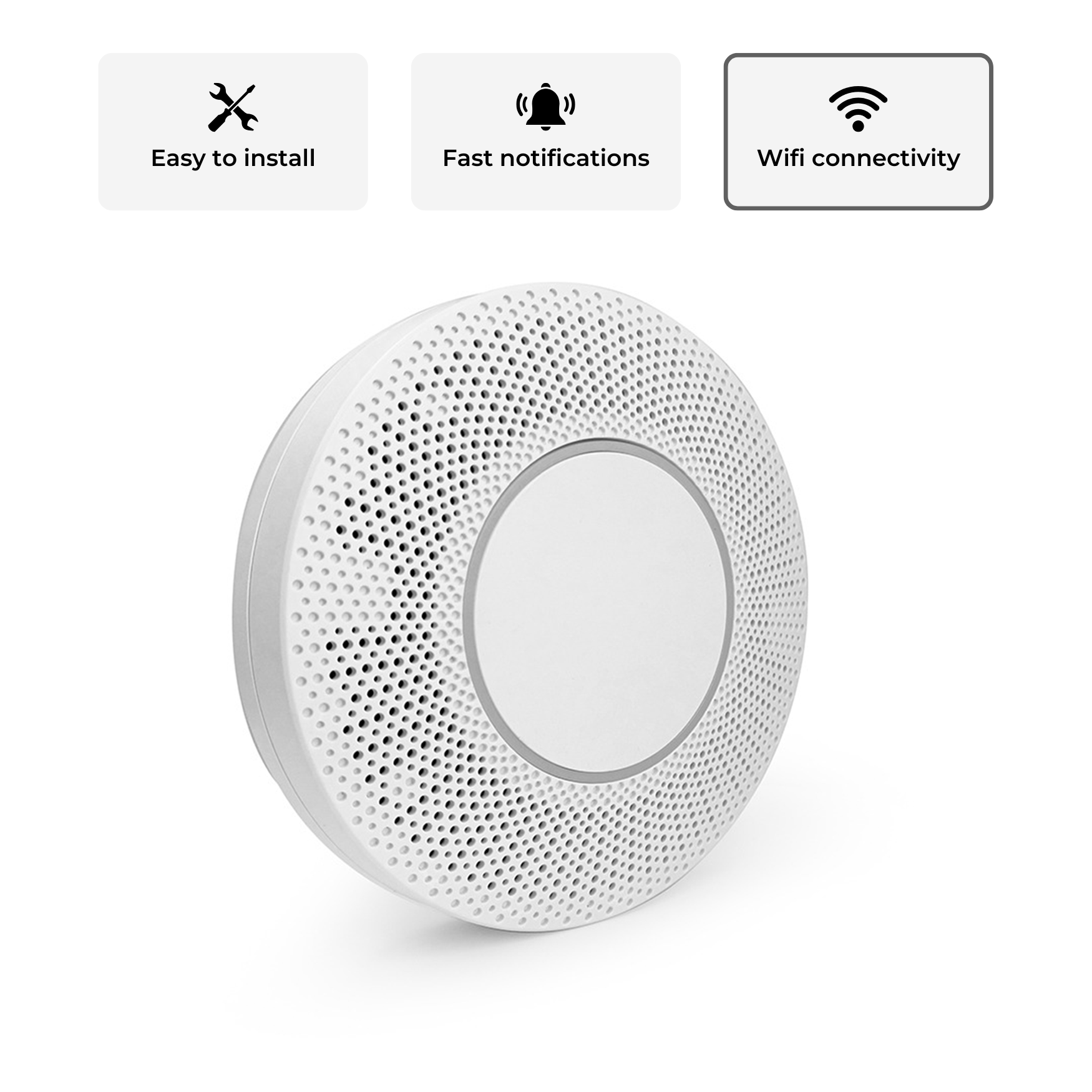
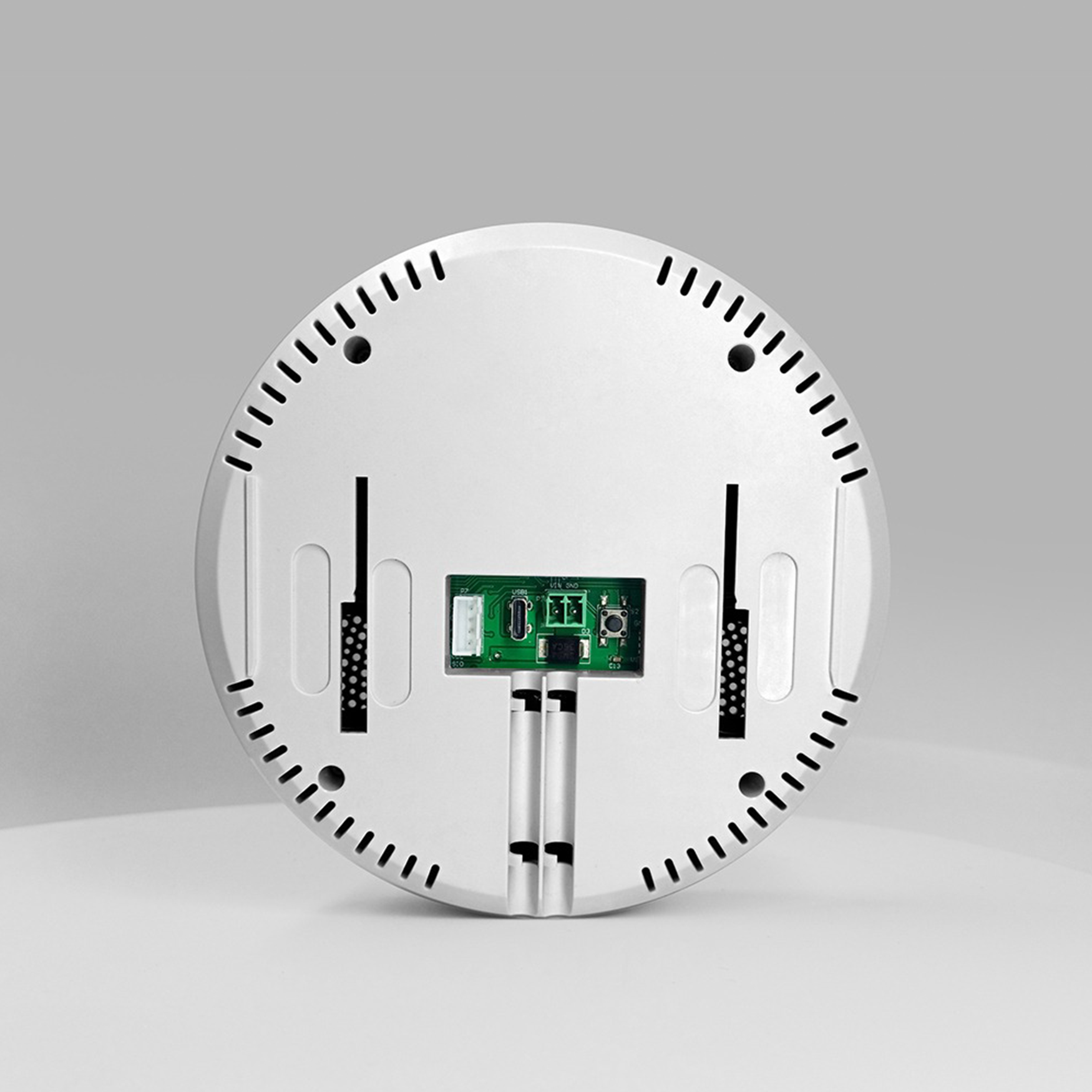

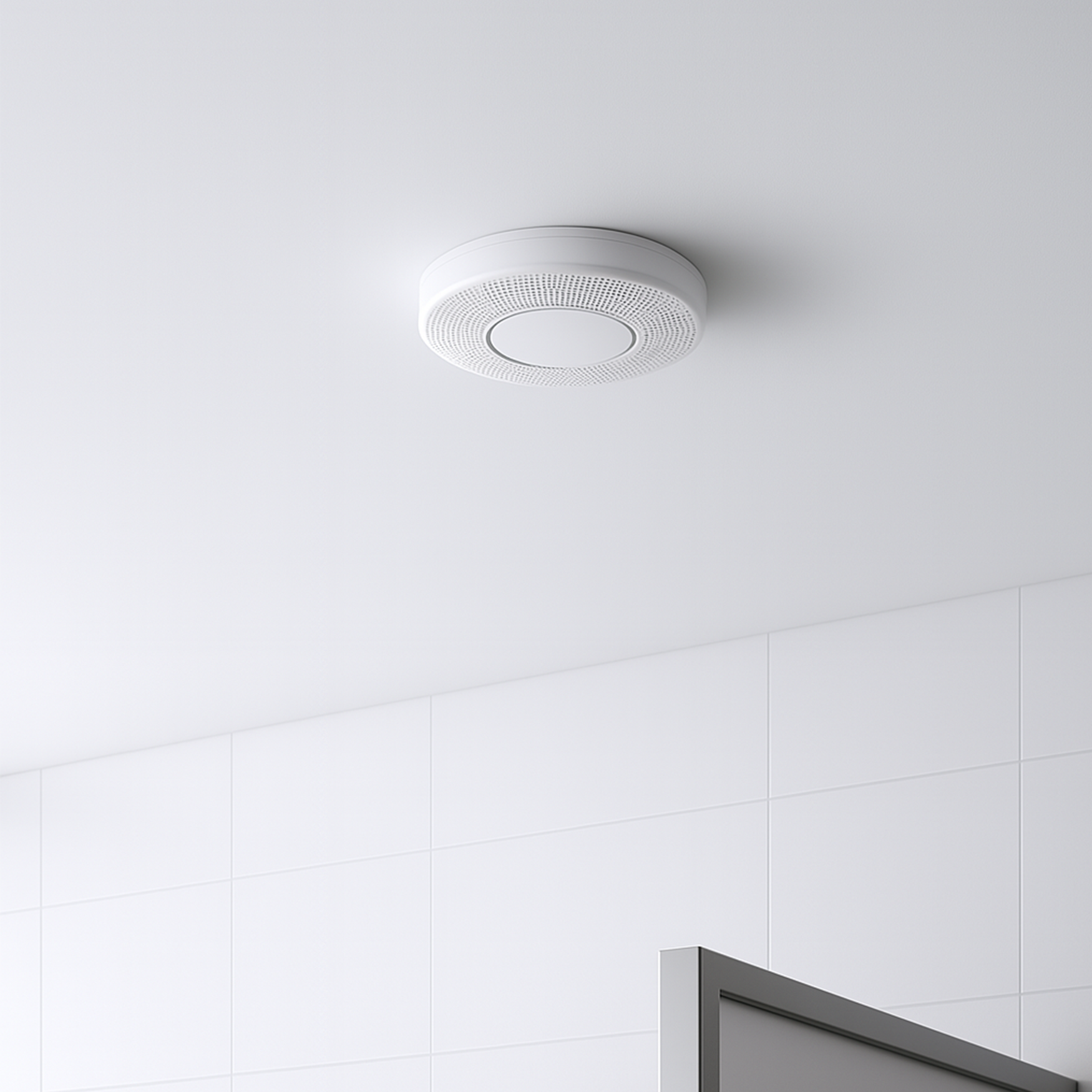
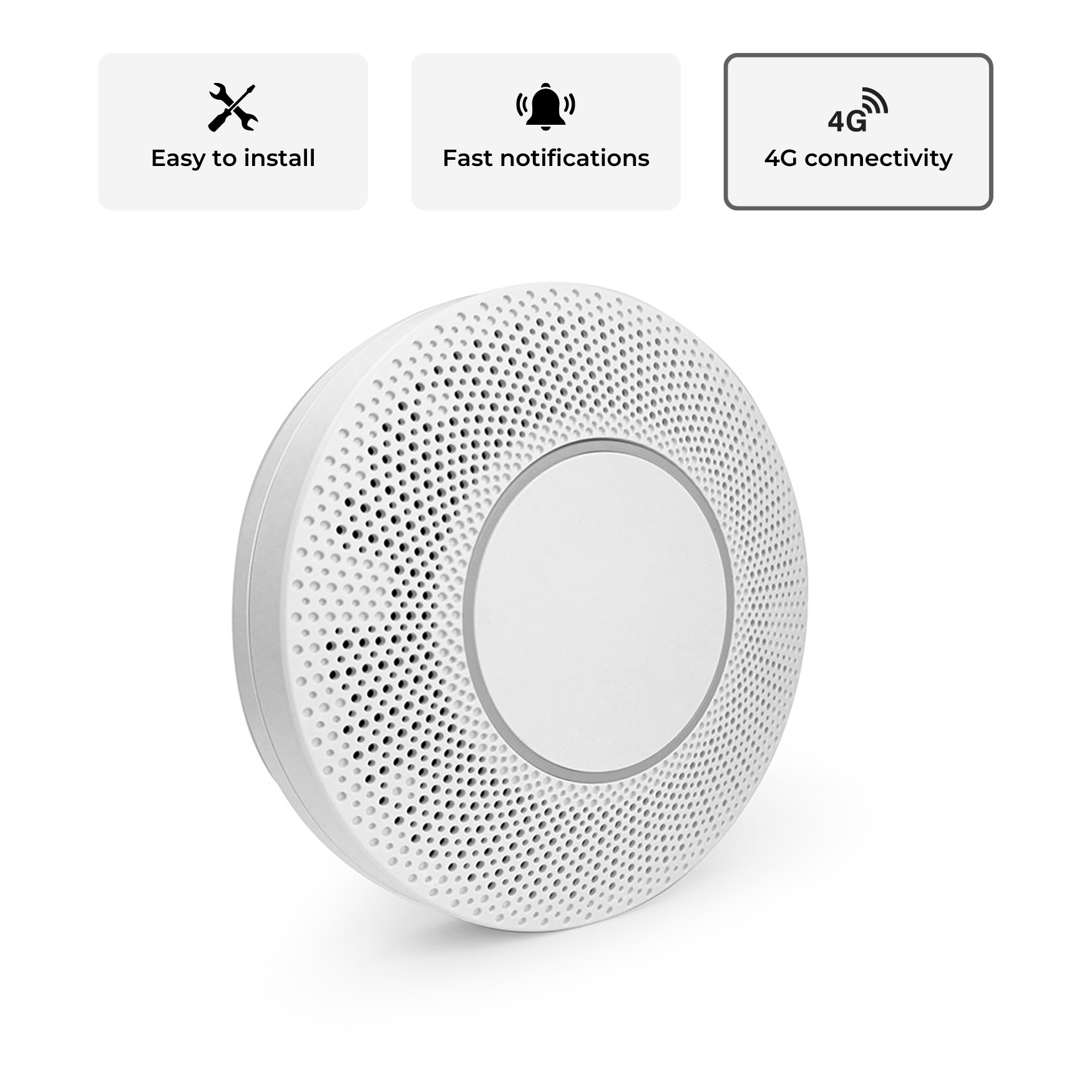
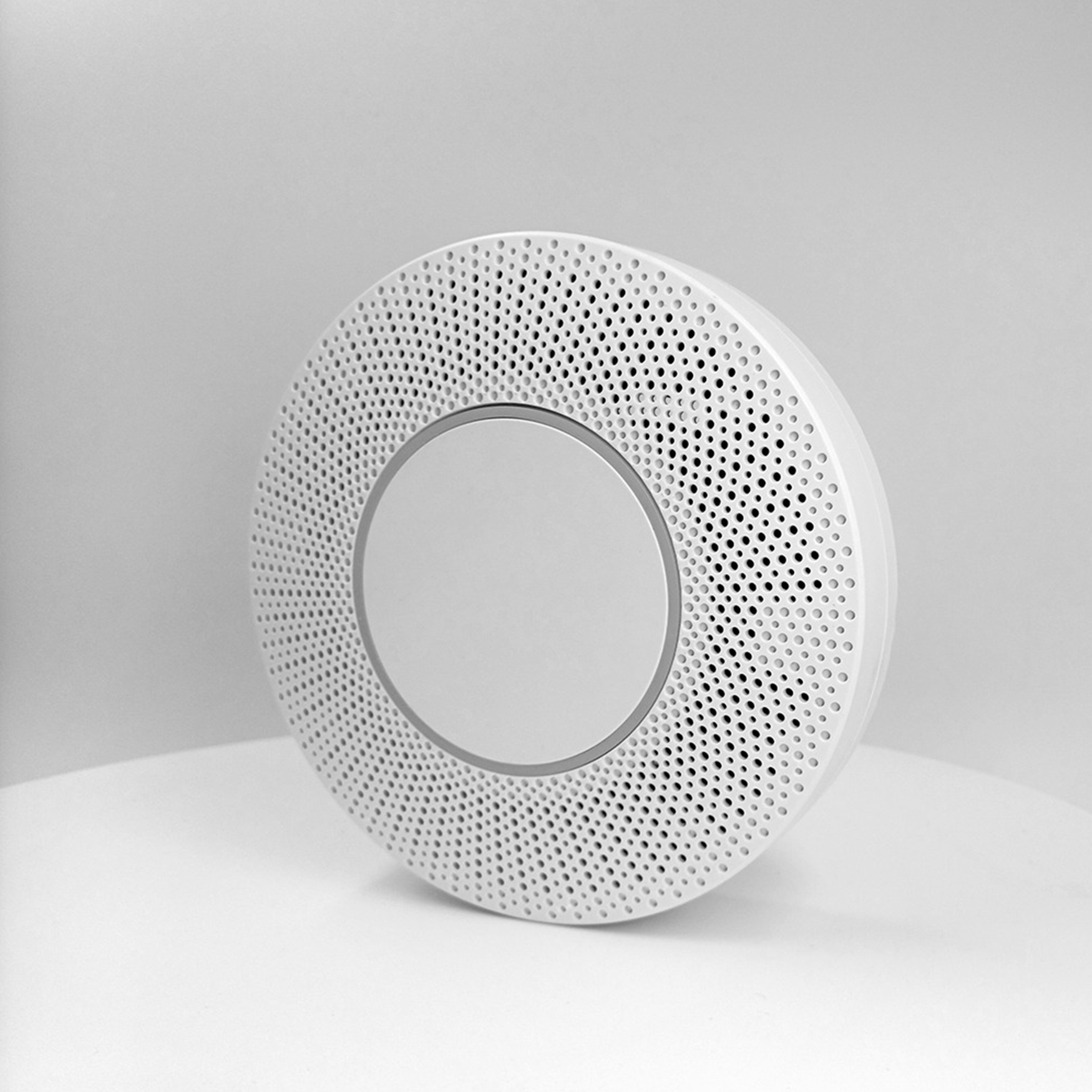
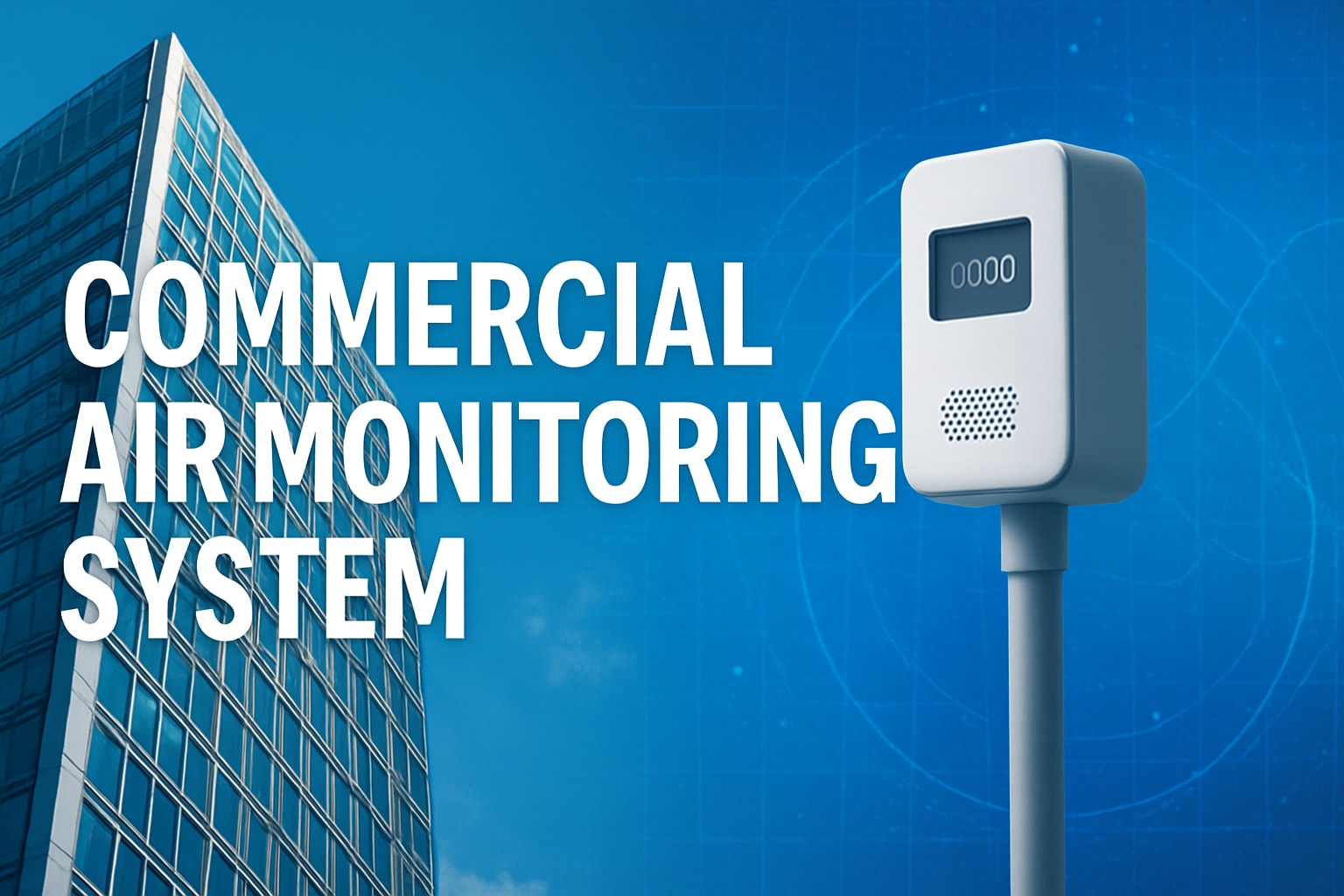


Share:
The Essential Guide to PM25 Air Quality Reports (2025)
Vape Guardian Guide: Your Essential 2025 Protection Handbook